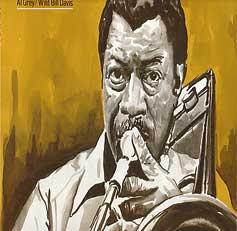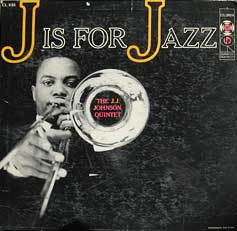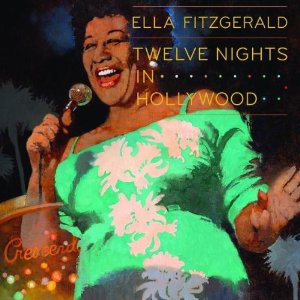Update: This recording seems to be gone from the iTunes store again. iTunes links below will take you to the main Al Grey feature page.
It’s good to see that the Al Grey/Wild Bill Davis album Keybone is at the iTunes music store. A short story: I bought the vinyl version of Keybone when I was on a band trip to New York City with The Pride of Southland Marching Band. Yes, that was some time ago. In those days, jazz records had a definite inventory limit at Record Bars across the country, which meant that getting to New York City was a golden opportunity to find some off-the-beaten-path jazz records. I’m not sure I remember how, but I found King Karol records easily — probably at the 42nd street location — and was happy to find a huge jazz section.
Here’s how I found out about Keybone on iTunes: I had transferred some of the vinyl tracks to digital myself. With the correct track info entered into iTunes, one day iTunes found the Keybone artwork. Voila! — apparently it had been added to iTunes.
Anyway, it’s a fun set of music, and was recorded in 1972 at Seed Studios in Vallauris, France. The rest of the personal includes Eddie Vinson on alto saxophone (Vinson sings on Alimony Blues and Person To Person), Floyd Smith on guitar and Chris Columbus on drums. Check it out; this is a good set of music.




